Thursday, March 27, 2025
Circular Economy and Designs for Disassembly
Oregon Ballroom 202Moderator:

WOODCIRCLES: Harvesting the Urban Forest
The construction sector is responsible for over 35% of the EU’s total waste generation, and accounts for about 50% of all extracted resources and an estimated at 5-12% of total GHG emissions. WOODCIRCLES is an EU-funded research project of experts from across the value chain whose goal is to develop innovative circular solutions for sustainable wood construction to help reduce Europe’s dependence on non-renewable resources, cut GHG emissions, reduce waste generation, and offer long-term carbon sinks and substitution of fossil-based and carbon- intensive products.
Based on identified needs and market potentials, the consortium is developing new value-added value chains for upcycling of wood waste materials and optimized design-for-disassembly building system solutions to significantly increase recycling rates of wood in construction.
An ‘Urban Sawmill’ sorting and production facility capable of turning in-homogenous low value wood construction waste into a standardized homogenous value-added, cost-effective baseline product, will be prototyped.
WOODCIRCLES will integrate digital tools and solutions in all developments and create digital twins for the large-scale, real-life demonstrators — the Urban Sawmill and the building system prototypes to demonstrate the benefits of digital technology for circular construction.

The Future is Deconstruction: A 2050 Vision | Part 1
In 2050, deconstruction, rather than demolition, will be the industry standard. In this presentation we will examine the role of technology in moving from demolition and discard to deconstruction and reuse. What will it take to change from a low volume unique process for recovering building materials to a high volume industry standard. We will look at case studies and current examples of technology supporting deconstruction and reuse and current challenges.

The Future is Deconstruction: A 2050 Vision | Part 2
This presentation explores a practical selective deconstruction case study, offering insights into maximizing material reuse through early collaboration across the value chain. Key takeaways include the development of a material atlas and idea catalogue, created through environmental and resource mapping, to identify material fractions and their potential for reuse. Early engagement with stakeholders is crucial for clarifying documentation requirements and securing approval for reusing structural elements. Integrating reuse and recycling requirements into procurement processes ensures that sustainability becomes a core criterion in bid evaluations. Furthermore, close collaboration among developers, consultants, demolition contractors, general contractors, and architects is essential for developing practical and effective circular solutions.
This session provides a framework for implementing these strategies and invites discussion on best practices for circular deconstruction.

Katrine Oline Aavitsland Lund
Ramboll
Designing for Disassembly (DfD): Exploring Future Potential Through Existing Case Studies to Expand Material Lifespans
The global building and construction industry annually contributes approximately 40% of energy-related carbon dioxide emissions. The greatest source of emissions associated with building materials comes through their production and their eventual end-of-life. The ongoing early adoption of mass timber in the United States presents an opportunity to revisit how we design, build, and ultimately replace buildings. Designing for disassembly will allow a second life for mass timber members that have been thoughtfully and intentionally designed as such, offering the potential to ‘harvest’ mass timber from buildings as we harvest timber from forests now. Extending the life of these structural building members will allow future project teams to reduce the embodied carbon emissions associated with their projects and keep functional members from reaching their end-of-life.

Jake Elbrecht
Auburn University
Session CEUs: Course Descriptions and Learning Objectives
Course Description
The construction industry plays a critical role in global resource consumption, waste generation, and greenhouse gas emissions. This course focuses on circular construction solutions, particularly in the context of sustainable wood use, waste reduction, and carbon neutrality. Participants will learn about cutting-edge strategies for upcycling wood waste, optimizing design-for-disassembly building systems, and incorporating virtual tools like digital twins to enhance circularity in construction being explored in Europe. Leading experts will share insights into key trends and drivers for deconstruction, including policy, resource scarcity, and the decarbonization of the built environment—in the US and abroad. This course is ideal for architects, engineers, construction professionals, and sustainability experts interested in the intersection of circular economy principles and sustainable building practices.
ICC:
The construction industry plays a critical role in global resource consumption, waste generation, and greenhouse gas emissions. The focus on circular construction solutions, particularly in the context of sustainable wood use, waste reduction, and carbon neutrality. Learn about cutting-edge strategies for upcycling wood waste, optimizing design-for-disassembly building systems, and incorporating virtual tools like digital twins to enhance circularity in construction being explored in Europe. Leading experts share insights into key trends and drivers for deconstruction, including policy, resource scarcity, and the decarbonization of the built environment, in the US and abroad. Ideal for experts interested in the intersection of circular economy principles and sustainable building practices.
Learning Objectives
- Understand the environmental impact of the construction sector including its contribution to waste generation, extracted resources, and GHG emissions, and how these impacts can be mitigated through sustainable building practices.
- Explore circular economy principles in wood construction, including strategies for upcycling wood waste materials and using digital tools to optimize design-for-disassembly.
- Identify key strategies for implementing deconstruction and reuse, including the importance of designing for disassembly, the role of policy and decarbonization goals, and how resource scarcity and real estate challenges drive the need for deconstruction.
- Examine the role of mass timber in reducing embodied carbon and how designing for disassembly enables a “second life” for timber members, facilitating the reuse of materials and minimizing waste.
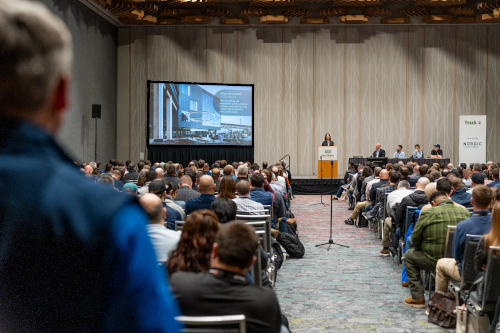 View the Agenda
View the Agenda
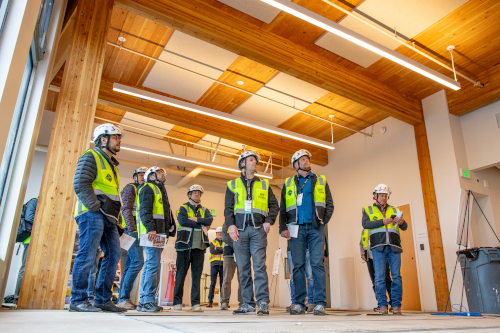 Book a Building Tour
Book a Building Tour
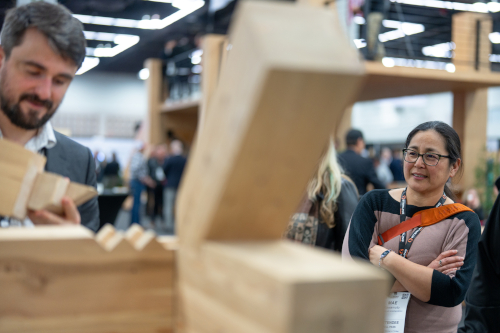 Book Your Exhibit Space
Book Your Exhibit Space
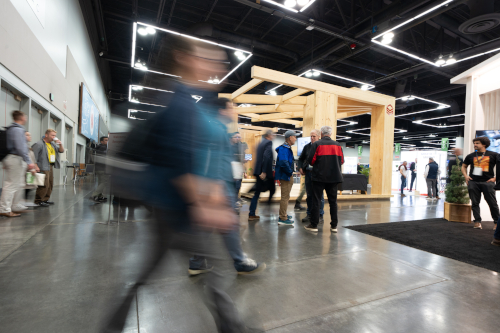 Explore the Exhibit Hall
Explore the Exhibit Hall
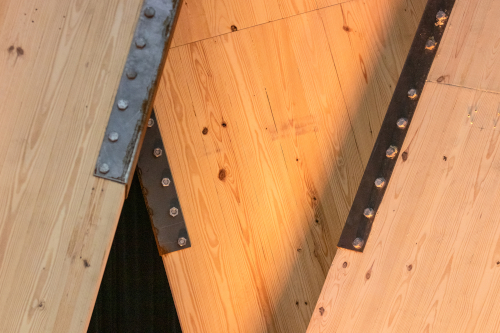 Become a Sponsor
Become a Sponsor
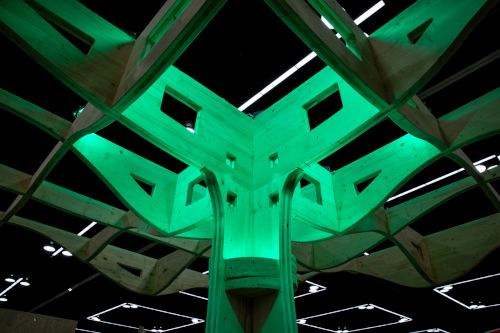 View Sponsors & Partners
View Sponsors & Partners
 Reserve Hotel Rooms
Reserve Hotel Rooms
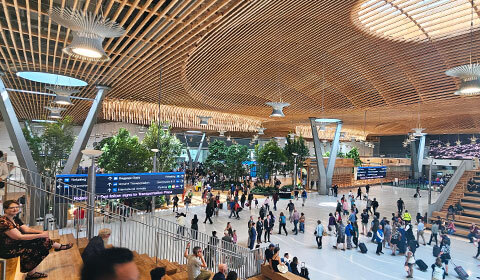 Discounted Plane Tickets
Discounted Plane Tickets
 Read Case Studies
Read Case Studies
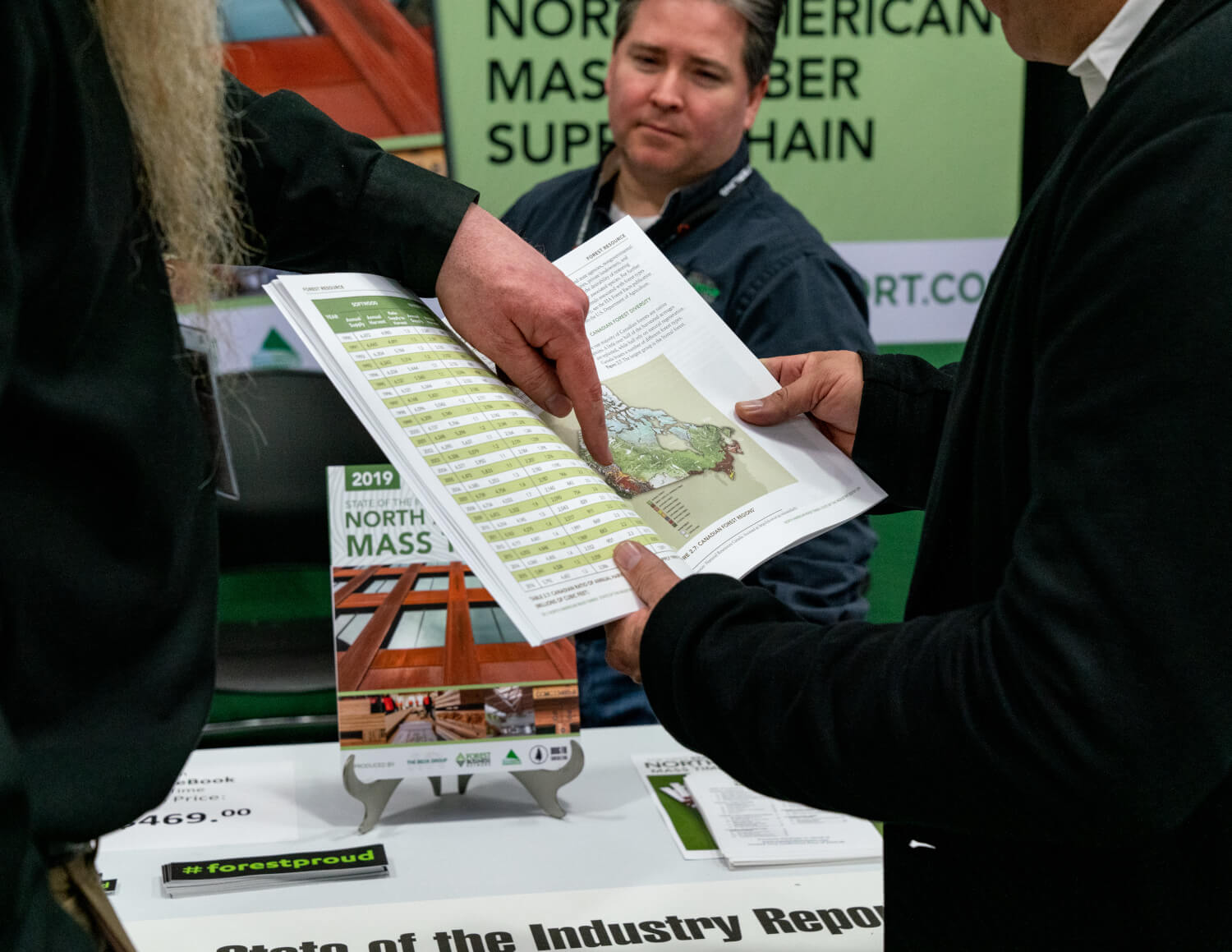 Purchase Past Reports
Purchase Past Reports
